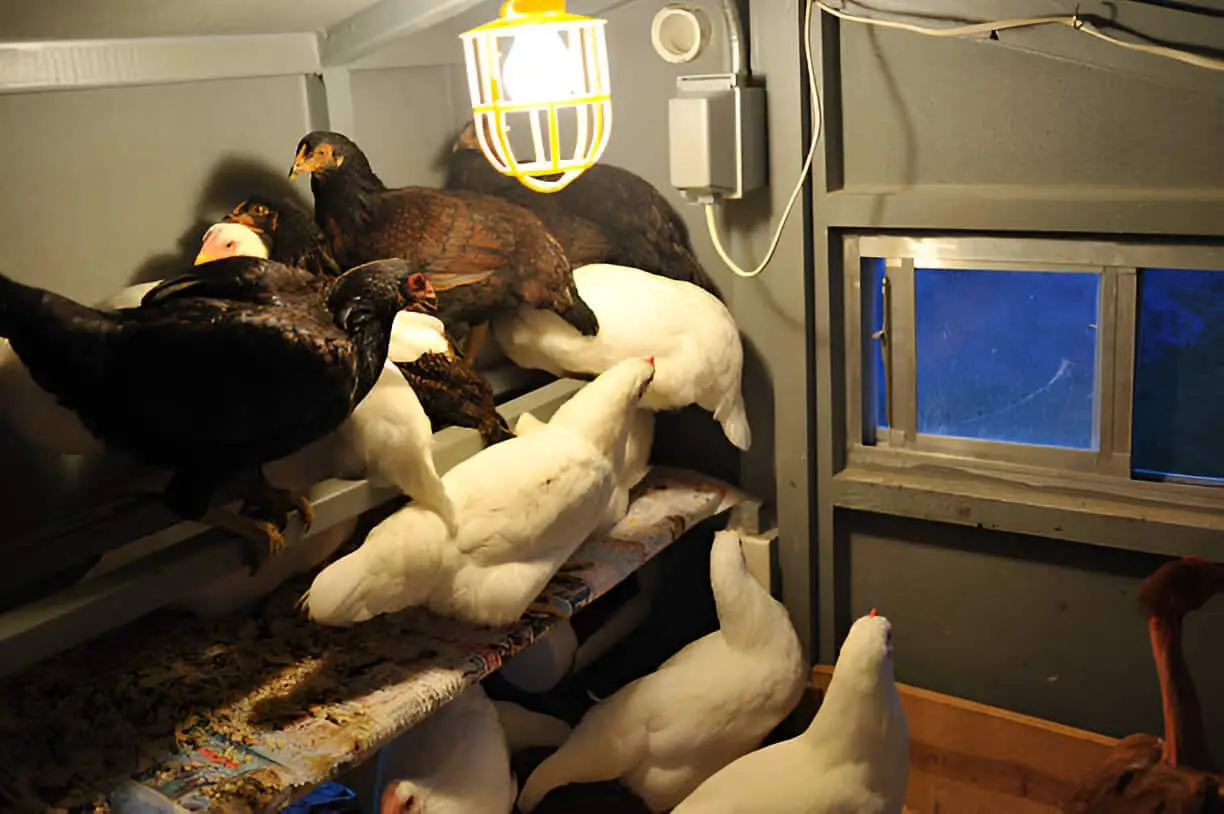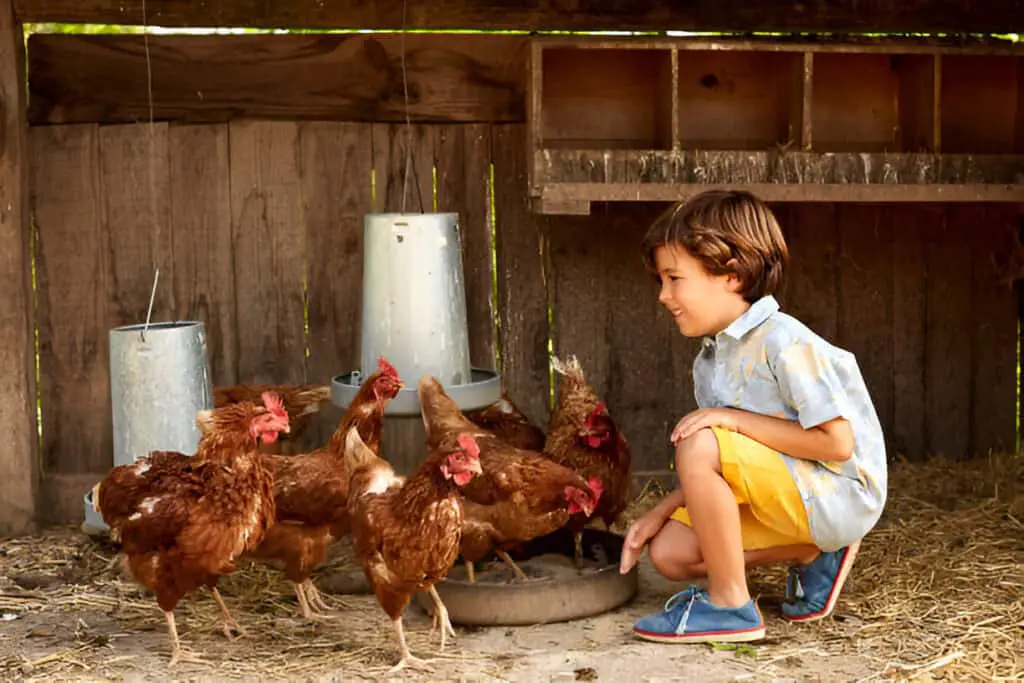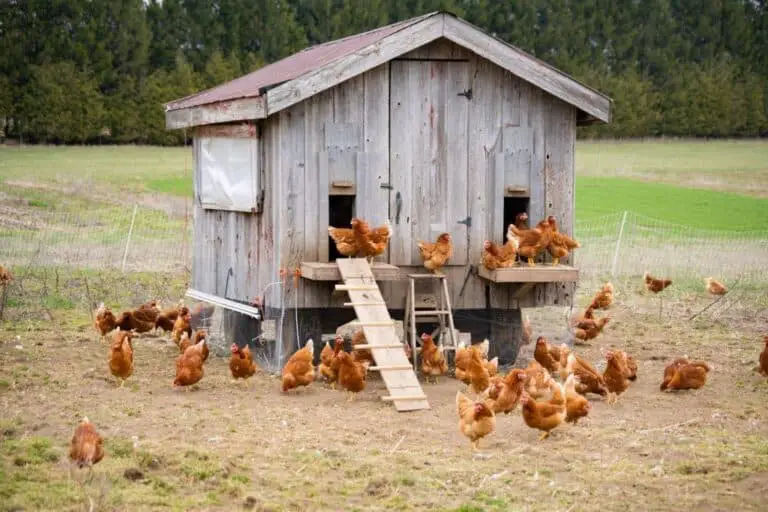Do Chickens Need Light in Their Coop at Night? How to Keep Your Flock Happy

Raising chickens means thinking about everything—food, water, bedding, and even lighting. If you’ve ever peeked into your coop at night and wondered, Do my chickens need a nightlight?, you’re not alone. However, the solution is more complex than simply turning on a switch. Let’s explore the optimal solutions for your flock, ensuring their comfort, safety, and abundant egg production.
Do Chickens Need Light at Night? The Short Answer
No, chickens don’t need light in their coop at night. In fact, they prefer darkness. Unlike humans, who may struggle in pitch-black conditions, chickens instinctively roost and sleep when the sun sets. A dark environment helps them rest properly and prevents unnecessary stress.
However, some chicken keepers add artificial light for specific reasons—especially during winter months—to encourage egg production. But there’s a right and a wrong way to do it. Let’s break it down.
How Chickens Naturally Respond to Light

Chickens rely on the natural rise and fall of the sun to regulate their daily routine. Their bodies follow a circadian rhythm, meaning they wake with daylight and settle down when it gets dark. Here’s what happens when their lighting conditions change:
| Light Condition | Chicken Behavior |
| Natural Daylight | Active, foraging, laying eggs |
| Darkness | Sleeping, roosting, low activity |
| Artificial Light at Night | Restless, potential stress, disrupted sleep |
If you suddenly introduce artificial lighting at night, your chickens might not get the deep rest they need. This can lead to stress-related health problems and even affect egg production negatively.
When (and Why) to Use Artificial Lighting
While chickens don’t need light at night, adding a light source can be beneficial in certain cases. Here’s when you might consider it:
1. Boosting Winter Egg Production
As daylight hours decrease in winter, hens naturally lay fewer eggs. Chickens need about 14-16 hours of light per day to maintain peak egg-laying. If you want to keep up production, adding a light in the early morning (before sunrise) can help.
Best Practices:
- Use a warm, soft light, like an LED bulb (40-watt equivalent).
- Place a timer so the light turns on gradually before dawn and off after sunrise.
- Never suddenly turn the light off at night—it confuses chickens and can cause panic.
2. Helping Chicks Acclimate
Young chicks need warmth and guidance in their early weeks. A heat lamp or low-level light can provide comfort, but as they mature, weaning them off artificial lighting at night is crucial for natural development.
3. Preventing Coop Panic
If you live in an area with predators, sudden noises or disturbances can frighten your flock. A dim nightlight can help them find their roosts if they get startled and jump off during the night.
Risks of Leaving a Light On at Night
While there are some benefits, unnecessary nighttime lighting can cause more harm than good. Here’s why:
- Disrupts Sleep Patterns: Chickens need darkness to rest deeply. Constant light can lead to sleep deprivation, making them stressed and unhealthy.
- Encourages Pecking & Aggression: Chickens naturally settle at night, but if they’re restless due to light, they may start pecking at each other.
- Attracts Pests & Predators: Light at night can attract insects (which might bring mites and lice) and even make the coop more noticeable to nocturnal predators.
- Increases Fire Risk: If using heat lamps or old wiring, the risk of fire becomes a serious concern—especially in wooden coops.
Seasonal Changes and Lighting Adjustments
As the seasons change, so do the daylight hours, which directly impact your chickens’ behavior. Longer summer days encourage foraging and social activity, while shorter winter days can slow egg production. Chickens rely on natural light to regulate their internal clocks, so adjusting their environment accordingly helps maintain a balanced routine.
To support your flock year-round, consider seasonal lighting adjustments. In winter, when daylight is scarce, adding a soft morning light on a timer can help maintain egg-laying patterns. In summer, ensure the coop has shaded areas to prevent overheating from excessive sunlight. Always prioritize a gradual light change to avoid stress.
| Season | Lighting Adjustment | Effect on Chickens |
| Summer | Natural light, provide shade | Prevents overheating, promotes foraging |
| Winter | Soft artificial light in morning | Supports egg production, prevents stress |
| Spring/Fall | Minimal intervention | Allows natural transitions |
Consistency is key. Sudden lighting shifts can confuse chickens, disrupting their sleep and behavior. Whether using natural or artificial light, maintaining a steady schedule helps keep your flock healthy and stress-free throughout the year.
The Right Way to Use Artificial Lighting
If you choose to add lighting, do it safely and responsibly:
✅ Use Soft, Warm Light: Avoid bright white or blue lights, as they can be too harsh. Opt for warm LED bulbs with a dim setting.
✅ Place on a Timer: Chickens do best with gradual light changes. Set a timer so it turns on before dawn and off when natural light takes over.
✅ Never Leave a Heat Lamp Unattended: If using one for chicks, ensure it’s securely placed and doesn’t overheat the coop.
✅ Provide Natural Darkness: If possible, let the sun dictate their routine. If you must supplement, limit it to morning hours only.
Final Thoughts: Keep It Natural
Chickens thrive in a natural environment. While they appreciate extra daylight during winter, they don’t need a nightlight in their coop. In fact, darkness helps them rest, recover, and stay calm.
If you do decide to add artificial lighting, do it thoughtfully—gradual timers, soft lighting, and no sudden shut-offs. But for the most part, trust your hens to follow nature’s lead. They’ve been roosting in the dark for centuries, and they’ll keep doing just fine.
What’s your experience? Do you use coop lighting? Drop a comment below—I’d love to hear your thoughts!






